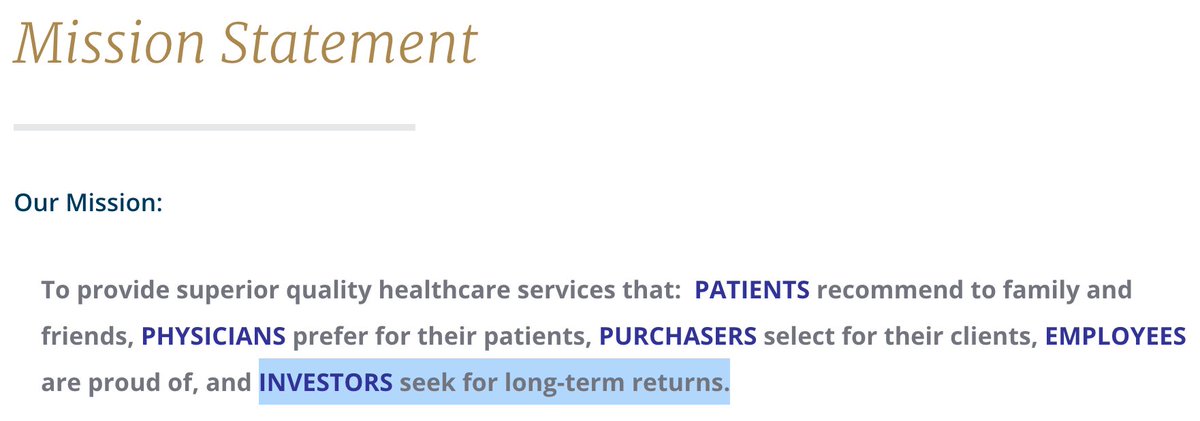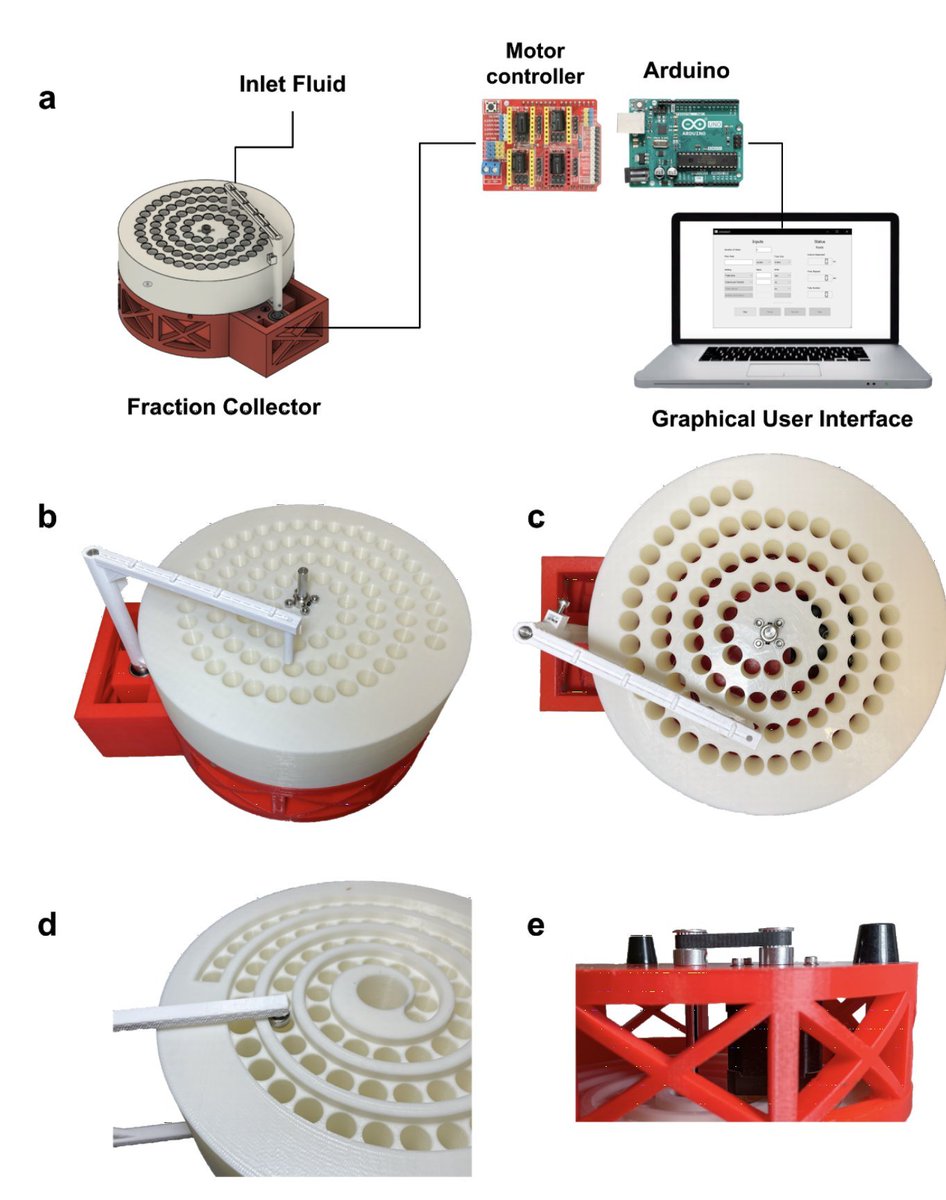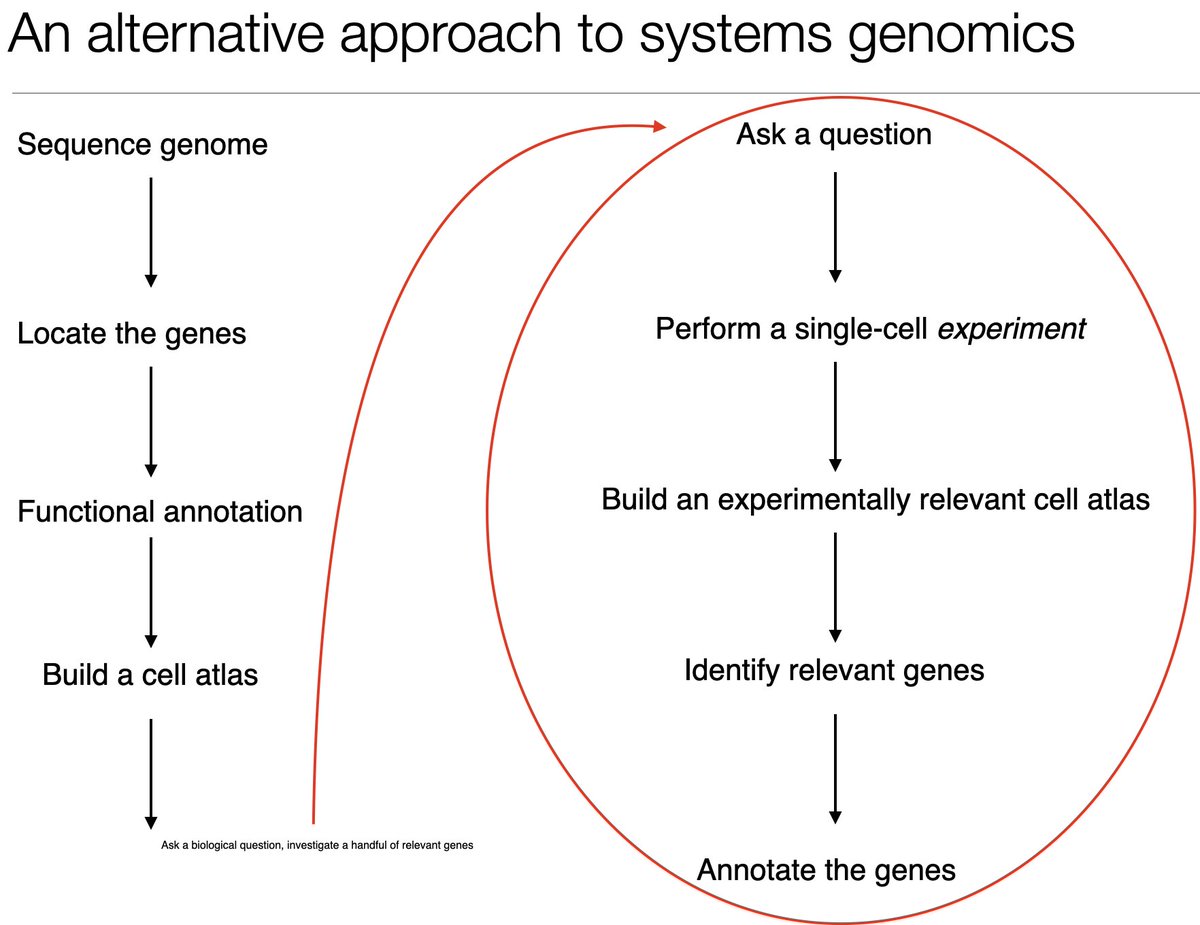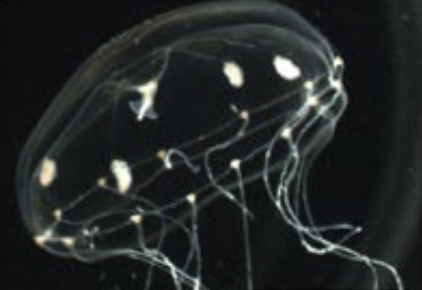
Universal Health Services @UHS_Inc is the largest facility-based behavioral health provider in the country. Its mission statement includes "To provide..healthcare services that..INVESTORS seek for long-term returns."
Hard to believe right?
Hard to believe right?
https://twitter.com/Somesaylezzels/status/1354506324189589507?s=20
This is straight from their "mission statement" website, capitalization and all... uhsinc.com/mission-statem… 

Last year UHS settled with the DOJ for $122 million. complianceweek.com/regulatory-enf…
UHS violated the False Claims Act by “billing for medically unnecessary inpatient behavioral health services, failing to provide adequate and appropriate services, and paying illegal inducements to federal healthcare beneficiaries.”
"The degree of civilization in a society can be judged by entering its prisons." - Fyodor Dostoevsky
• • •
Missing some Tweet in this thread? You can try to
force a refresh










